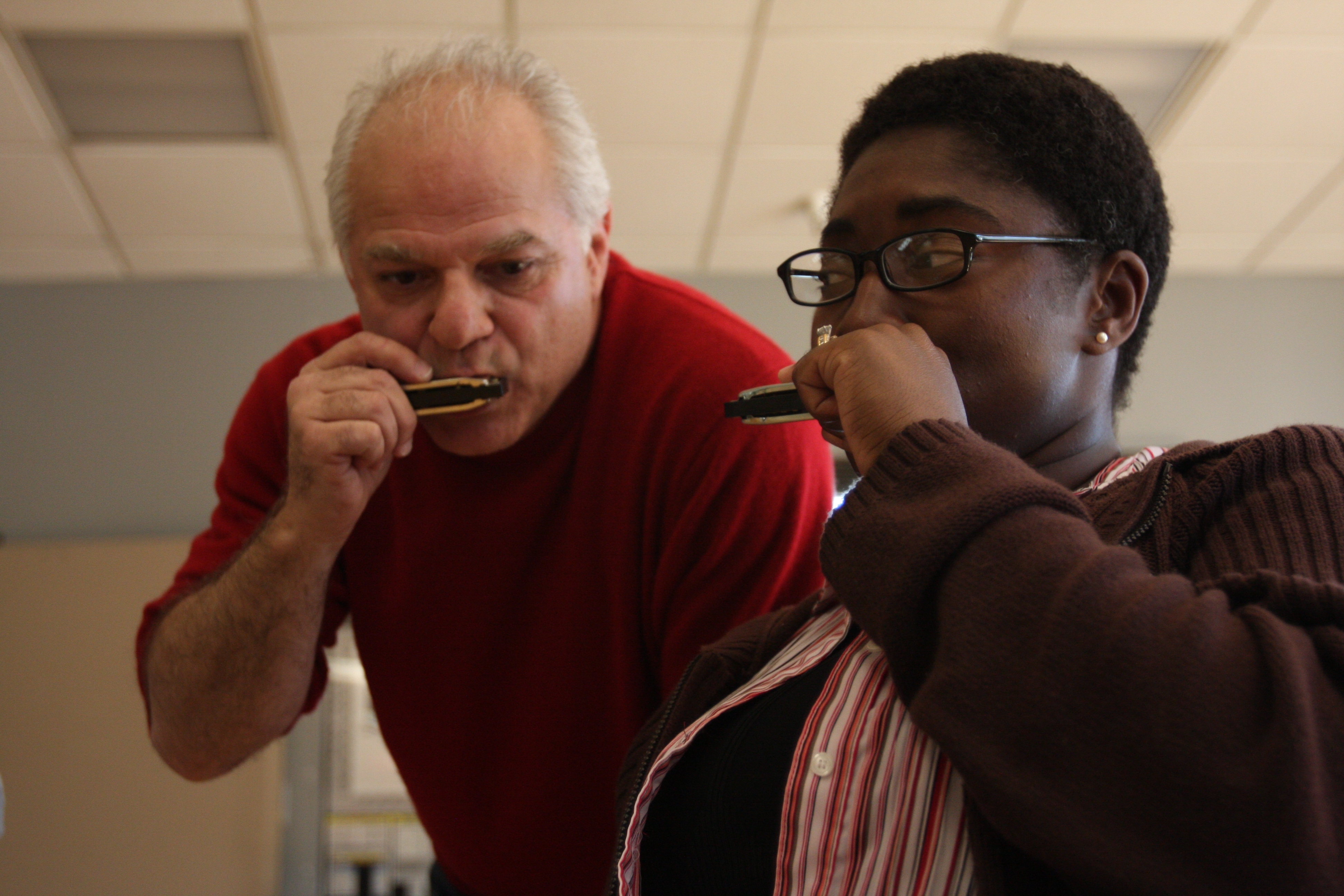Stranger Therapies
Therapy is an action or practice that attempts to relieve or reverse a disorder. Therapies, like any treatment, come in many different shapes and sizes.
The most familiar to students at UC Berkeley may be the psychological therapist, colloquially called “shrinks.” Stress, especially at an intense academic institution, can cause temporary or permanent mental damage. In order to prevent this, UC Berkeley has provided each student with five free counseling appointments at the Tang Center. Students can utilize these confidential outlets to discuss academic, career, and personal issues.
However, alternative therapies are also available if you do not feel comfortable sitting in a chair and talking to a professional privately. These therapies are not restricted to only mental stresses, but they also cover physical and social anxieties.
Music Therapy
Music therapy is the use of music to relieve physical or mental stresses. Music therapy as an official practice is not quite common, but most UC Berkeley students already utilize music for therapeutic purposes. Whether depressed or in distress, students may have certain songs or genres that feel right. Some students use music to get through homework, studying, exercise, and mornings. In a lot of ways, students use music to improve their health.
Outside of individual uses, music has been found to improve mutually empowering relationships, connecting individuals to one another, and creating or enhancing friendships. In addition, some find music to have an empowering effect, capable of strengthening an individual’s resolve. These principles are the backbone of music therapy. Since music is often used in emotional and social experiences, music therapy attempts to use this to counter traumatic memories or anxieties.
Music therapists must have a bachelor’s degree in their field. The American Music Therapy Association describes the work of the therapists as professionals who “assess emotional well-being, physical health, social functioning, communication abilities, and cognitive skills” by analyzing how an individual reacts to music. The sessions may use music improvisation, receptive music listening, songwriting, lyric discussion, music and imagery,” and music performances to alleviate physical and mental stresses. In hospitals, this therapy may be used with pain medications, to counteract depression, to induce sleep, and to relax muscle tension.

Music can have strengthening effects on individuals and their relationships with others.
Making an appointment with a music therapist may not be something you can do right at the moment. But the principles of music therapy can be used simply and practically. Waking up in the morning with a stiff neck may be relieved by lying down and listening to music that you find to be relaxing. Low energy may be temporarily raised by listening to music that energizes you personally. I suggest making multiple playlists or setting up different radio stations, each to help you focus, relax, get pumped, or face any other possible health issues you’re facing.
Aquatic Therapy
Water and the healing powers associated with it have been discussed for centuries. Most have been encouraged to drink a healthy amount of water each day. However, when speaking about aquatic therapy, it goes beyond drinking water.
Aquatic therapy is basically the immersion of an ailing individual in water. The applications and the purposes of therapy differ depending on what ailments the individual is facing.
Those facing osteoporosis, a disease that results in weakened and brittle bones, have found that running underwater can improve balance, coordination, and improved posture. Though this does not cure osteoporosis, the exercise underwater gives the body an alternative to maintaining a physical lifestyle without causing damage to the bones.
Aquatic therapy has also been used to counter the effects of obesity. Obese individuals face joint pain and an increased risk of joint damage. Aquatic exercise is safe for obese people and can help put them on a track of healthy living.
Immersion techniques and methods have also been beneficial to those with Parkinson’s disease, cerebral palsy, multiple sclerosis, and even cardiovascular problems. The pressure from being immersed under water increases the blood pressure throughout the body, thus increasing blood flow to the heart. This, in modest amounts, has been helpful in rehabilitation because it helps make the heart stronger.
Sweat Therapy
Sweat therapy is the combination of sweating with counseling or another form of psychological therapy. A popular form of this therapy is using a sauna. What is the science behind this?
Increasing your body temperature causes the blood vessels to expand. This allows more blood to flow throughout the body. The expansion of the blood vessels coincides with the relaxation of the muscles. This combination of an active blood flow and relaxed muscles can make someone feel energized, yet relaxed. If you are facing muscle or joint pain, this therapy may help you relax unwanted tension. If there is no sauna in your area, however, a hot shower and some deep breathing can be effective as well.
Hypnotherapy
For those who may be about to undergo surgery, a way to reduce pre-operation fears is to consult a hypnotherapist. Hypnotherapy puts the human mind in a suggestive state, allowing the therapist to influence the subconscious. The therapists then will go through a set of techniques in order to reduce the anxiety some face before surgery.
But hypnosis is not just for those about to undergo surgery. Hypnotherapy has been found to decrease the pain someone feels after an injury. Broken leg? Aching back? Bad burn? Hypnotherapy may influence your subconscious to not focus on the immediate pain. In addition, there are some studies that suggest hypnotherapy can increase the body’s healing speed. If you’re too afraid to let someone else hypnotize you, then maybe ask a close friend. If that does not work, consider self-hypnosis.
